14 Vintage Clocks Worth Collecting Before Prices Rise
Vintage clocks have a special kind of charm that never fades. Each tick tells a story, whether it’s a French carriage clock from the 1800s or a mid-century wall regulator. Many collectors are starting to notice that these timepieces are becoming harder to find in good condition. That’s why now is a good time to pick up a few before prices climb higher.
This post may contain affiliate links, which helps keep this content free. Please read our disclosure for more info.
Ormolu Cartel Clock by Vincenti & Cie
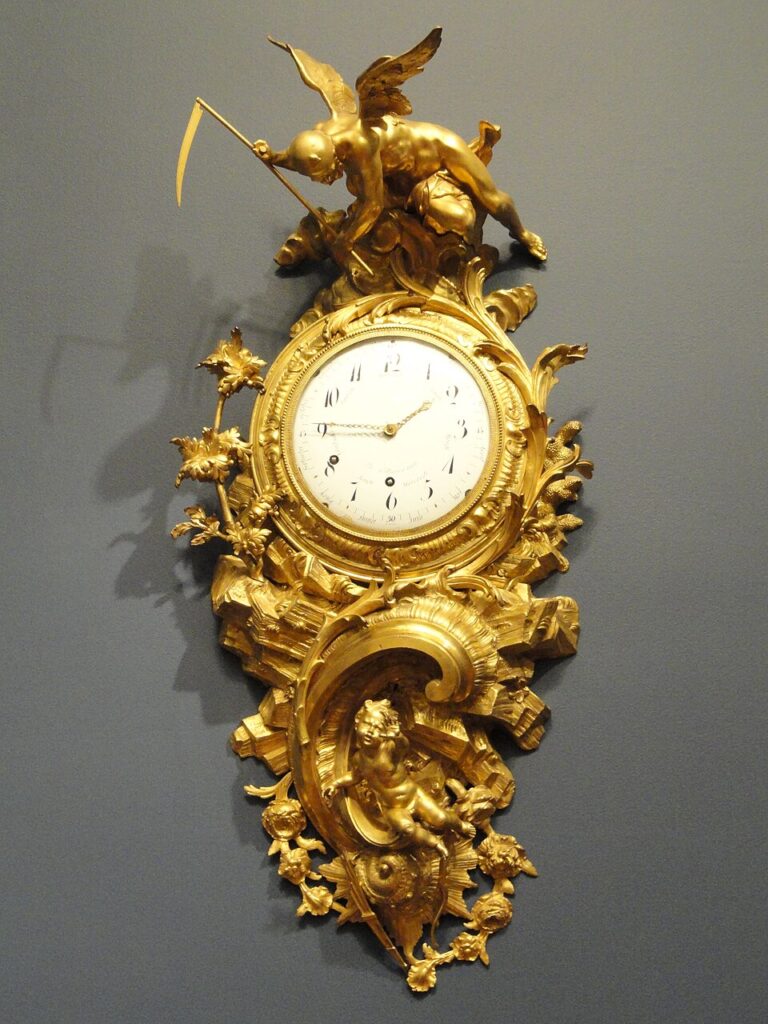
This French wall clock shines with rich gilded bronze and hand-sculpted flourishes. Made by Vincenti & Cie in the 1800s, it represents a high point of French clockmaking. Collectors value these for their ornate frames, elegant curves, and detailed figures. Depending on condition and maker’s mark, prices can reach around $33,000 to $36,000.
These clocks were once displayed in grand homes, and today they bring that same sense of grace to a modern room. Their heavy ormolu cases and detailed brasswork hold up beautifully with care. Many experts believe they will continue to climb in value as authentic French antiques become rarer.
Early 19th Century English Mahogany Tall Case Clock
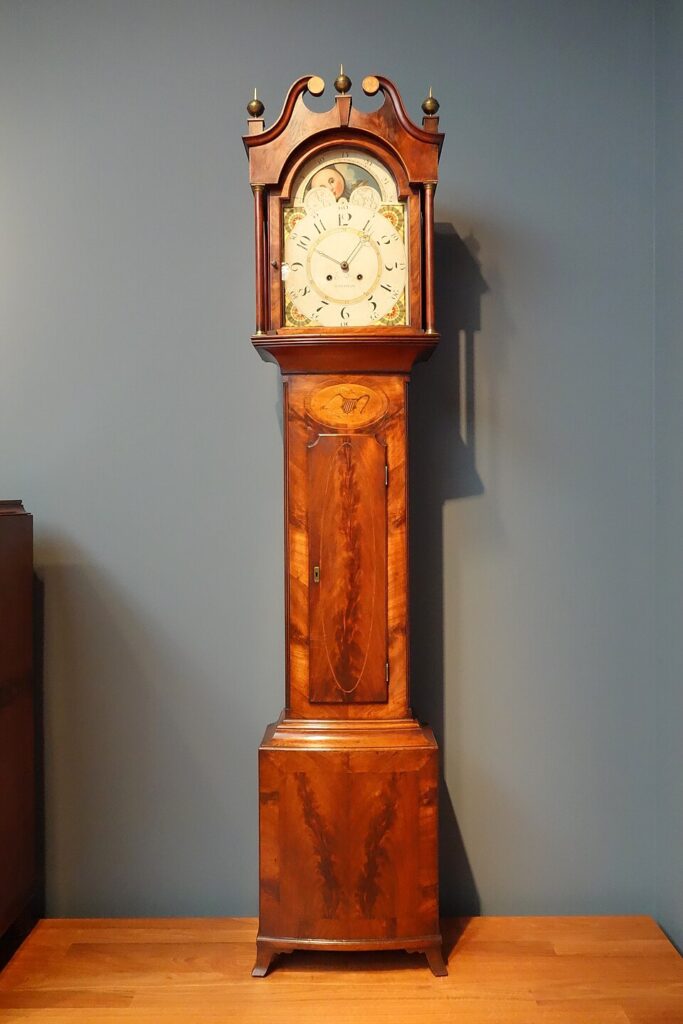
This stately longcase clock, often called a grandfather clock, carries English charm and craftsmanship. Built around the early 1800s, it features a solid mahogany case and a brass or silvered dial. Many still keep excellent time after two centuries of use. Good examples sell for about $6,400 to $7,000.
Collectors love these clocks for their commanding height and quiet authority. They pair well with period furniture or a modern entryway. As tall case clocks become harder to move and restore, pristine examples continue to hold steady or increase in price.
1950s Cartier Lucite and Gold Desk Clocks
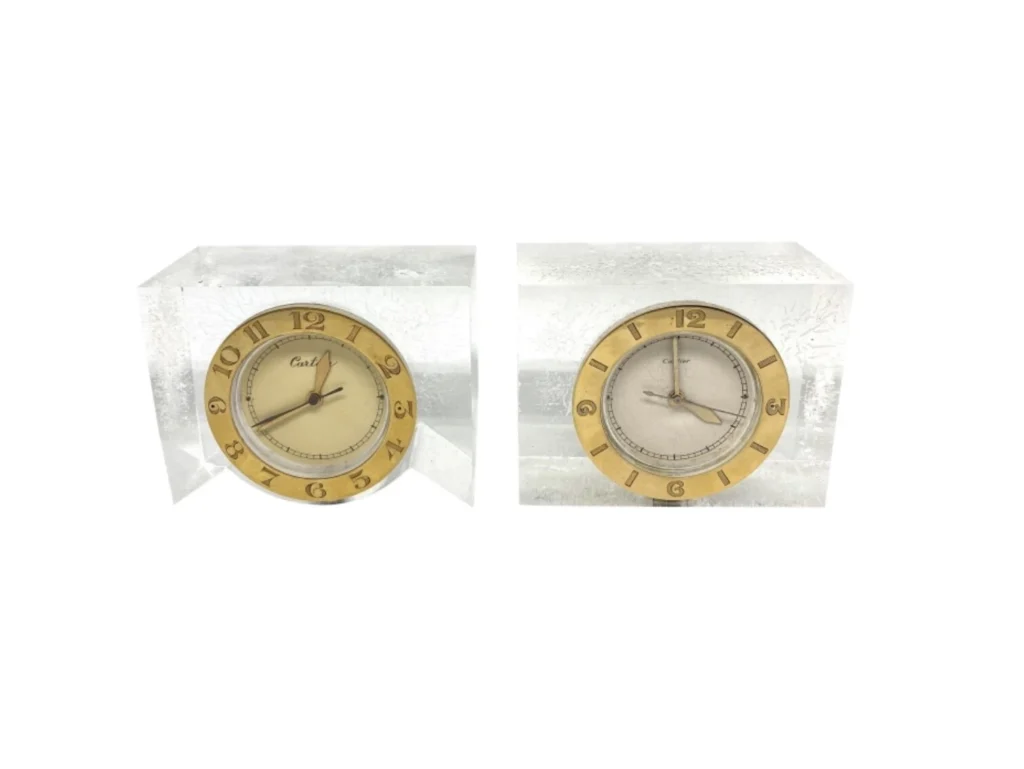
Cartier’s mid-century desk clocks mix luxury and sleek design in one refined package. These small timepieces often use Lucite and gold accents, creating a light and glamorous look. Each clock was built with precision by hand during the 1950s. Current market prices can reach about $12,000 to $13,000 for pristine models.
These are highly sought after by collectors who admire fine jewelry and watches. Their small size makes them easy to display, while the Cartier name adds status. As mid-century design gains new interest, these desk clocks are expected to keep rising in value.
Vintage Zaanse Clock
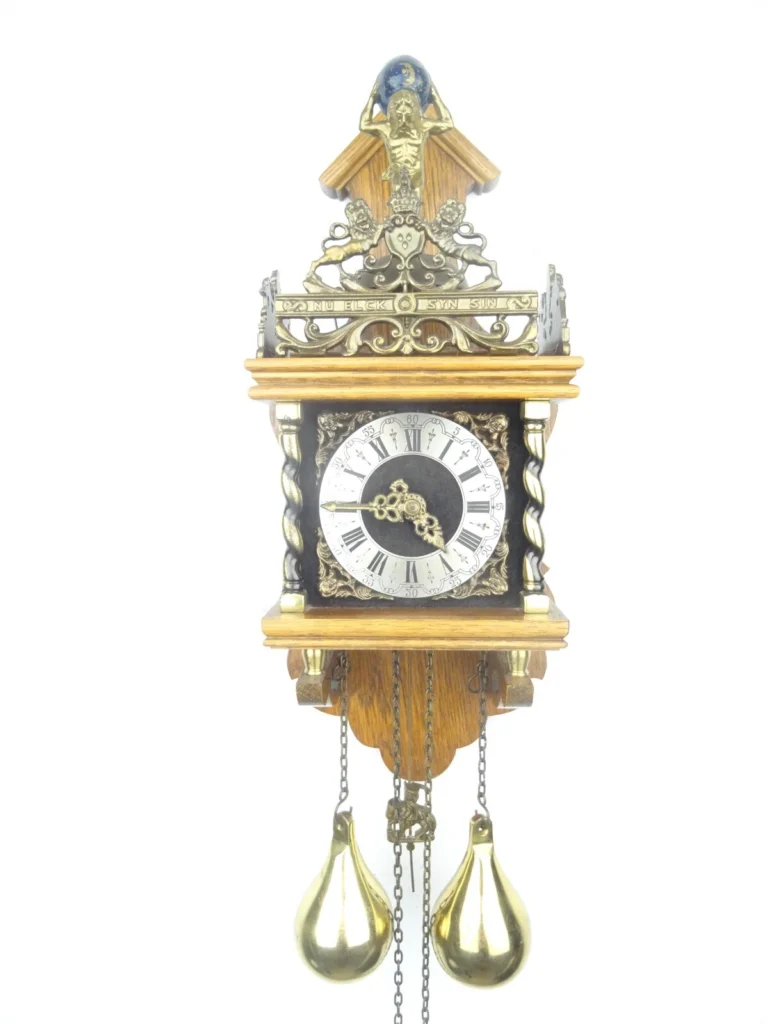
The Zaanse clock from the Netherlands is famous for its wooden case and metal ornaments. Most were made in the mid-1900s, but they reflect older Dutch styles dating back to the 17th century. They feature charming figurines and often a brass dial. Typical examples sell for about $800 to $900 depending on condition.
Collectors like the Zaanse clock for its folk-art beauty and cheerful movement. The weighted pendulum design keeps steady rhythm and gives the piece character. These clocks make warm additions to family rooms or rustic kitchens while offering real antique appeal.
Antique French Carriage Clock
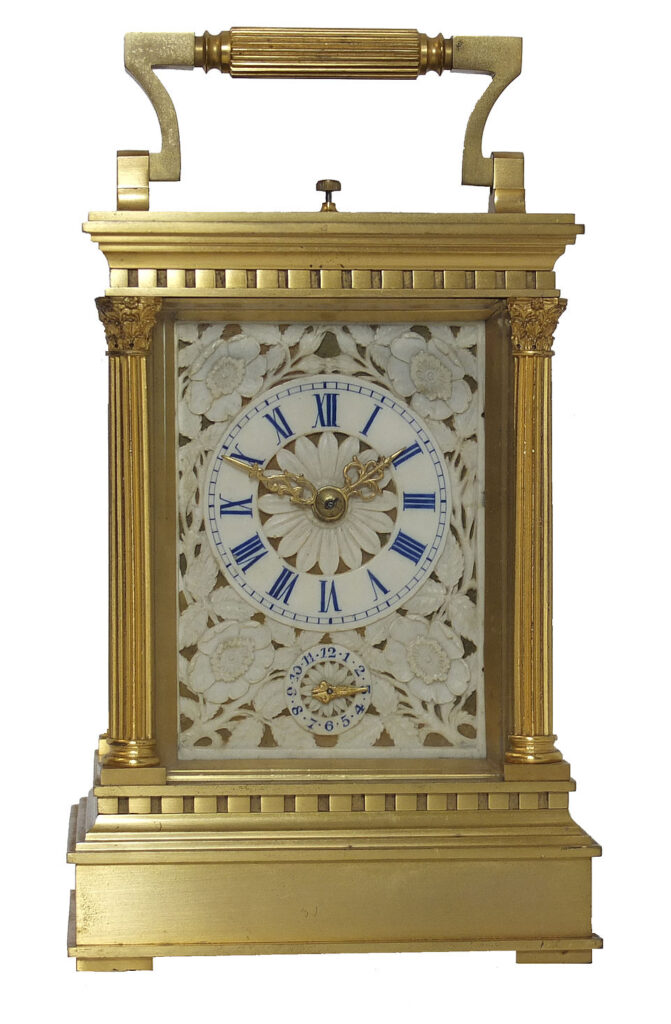
French carriage clocks were made for travel, combining elegance with practicality. Their compact brass cases and glass panels let travelers keep accurate time on the move. Many have enamel dials, beveled glass, and fine engraving. Prices generally range from $900 to $1,000 for working examples.
They remain favorites among collectors for their size and charm. Carriage clocks can fit anywhere, from an office desk to a bedroom shelf. Their portability, along with their history, keeps demand strong in both European and American markets.
Art Deco Wall Regulator Clock
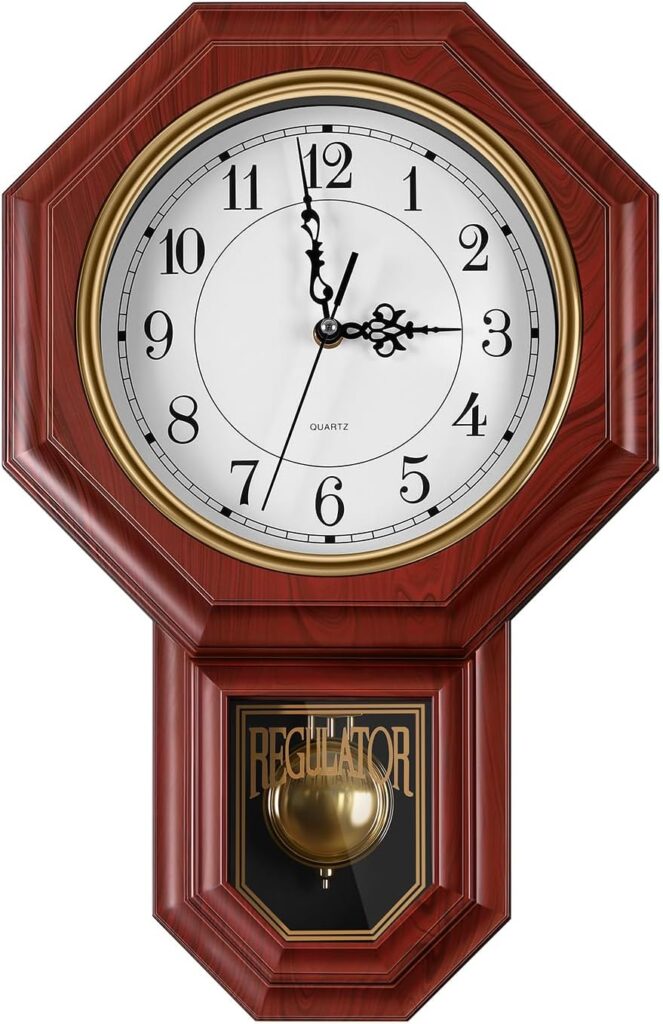
The Art Deco wall regulator came from a period of clean lines and modern design. Made in the 1930s and 1940s, these clocks often have geometric wood veneers and a glass pendulum window. They combine function and form beautifully. Most are valued at about $550 to $600 depending on restoration.
Collectors admire the way these clocks capture the optimism of early modern design. They work well in both vintage and contemporary homes. As mid-century styles remain popular, these clocks continue to attract younger buyers who want statement décor.
Empire Column Regulator Clock
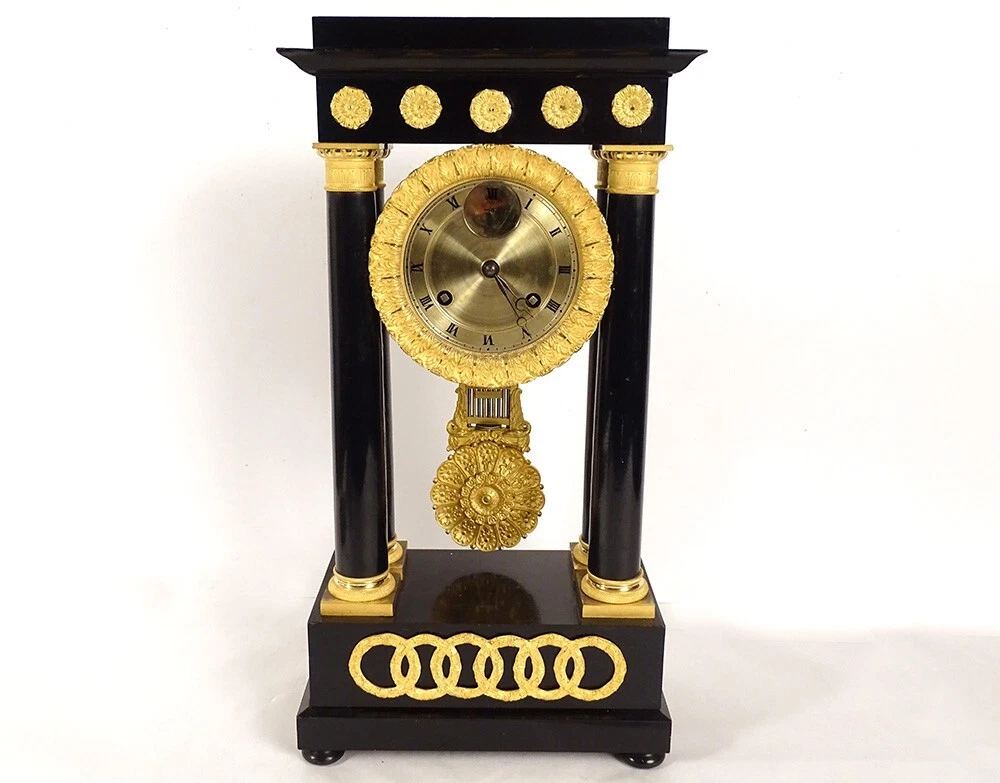
Empire-style regulators show strong neoclassical influences from 19th-century France. They often feature dark wood columns, gilt bronze accents, and precision pendulums. These clocks were made for accuracy and elegance in equal measure. Good examples are priced near $1,800 to $2,000.
Collectors enjoy these clocks for their stately proportions and reliable movements. They make a striking centerpiece on a mantel or in a study. As the market shifts toward decorative timepieces with historic design, Empire regulators hold their value well.
Seth Thomas Regulator No. 2

Seth Thomas built some of the most reliable American wall clocks of the 19th century. The Regulator No. 2 became a favorite for schools and offices due to its steady timekeeping. Its long pendulum and oak or walnut case give it a clean, classic look. Prices for authentic examples range from $2,000 to $3,000.
Collectors appreciate its simple beauty and strong reputation. Many are still running today with their original movements. Because early American clocks are becoming scarcer, pieces like this remain popular among serious clock enthusiasts.
Ansonia or Waterbury Gingerbread Clock
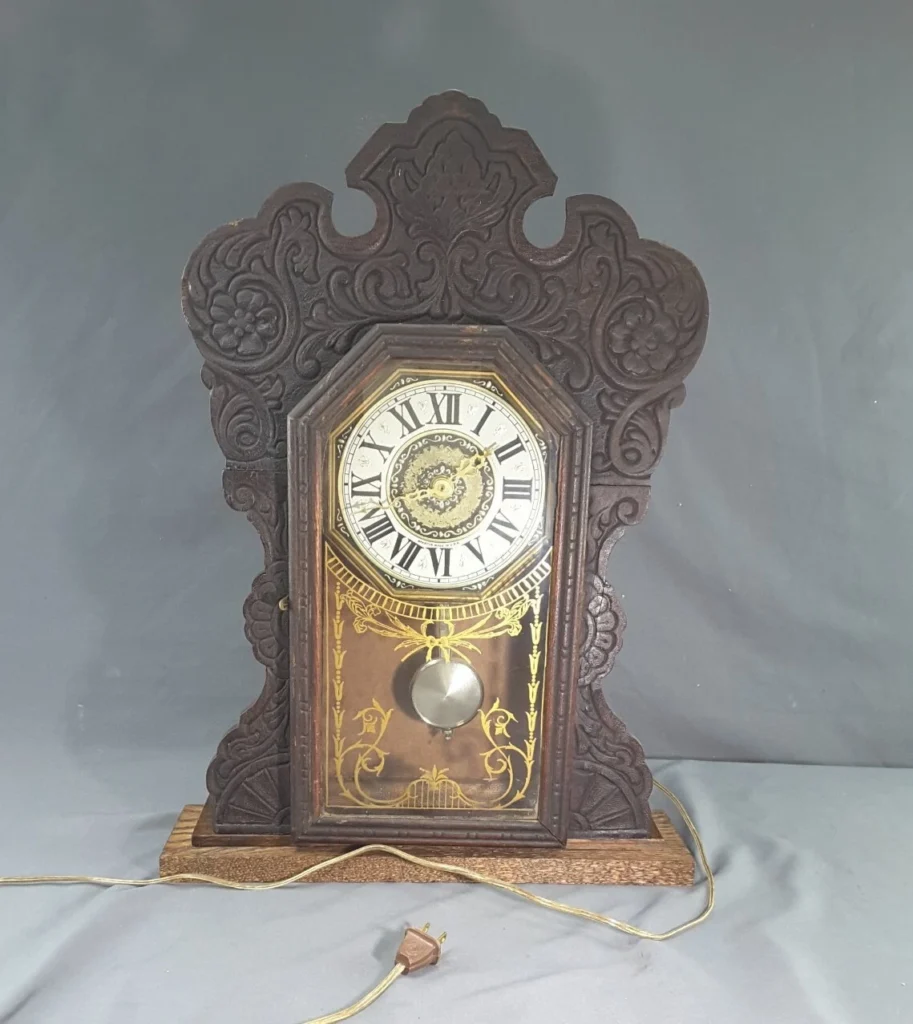
These decorative wooden clocks filled many homes in the late 1800s. Their carved patterns, brass pendulums, and colorful glass panels give them real personality. Ansonia and Waterbury were top makers of this style. Fully restored examples sell between $250 and $500.
Collectors love their nostalgic charm and detailed scrollwork. The design fits farmhouse or Victorian interiors perfectly. As more people rediscover affordable American antiques, these gingerbread clocks are starting to gain attention again.
Junghans Mantel or Bracket Clock
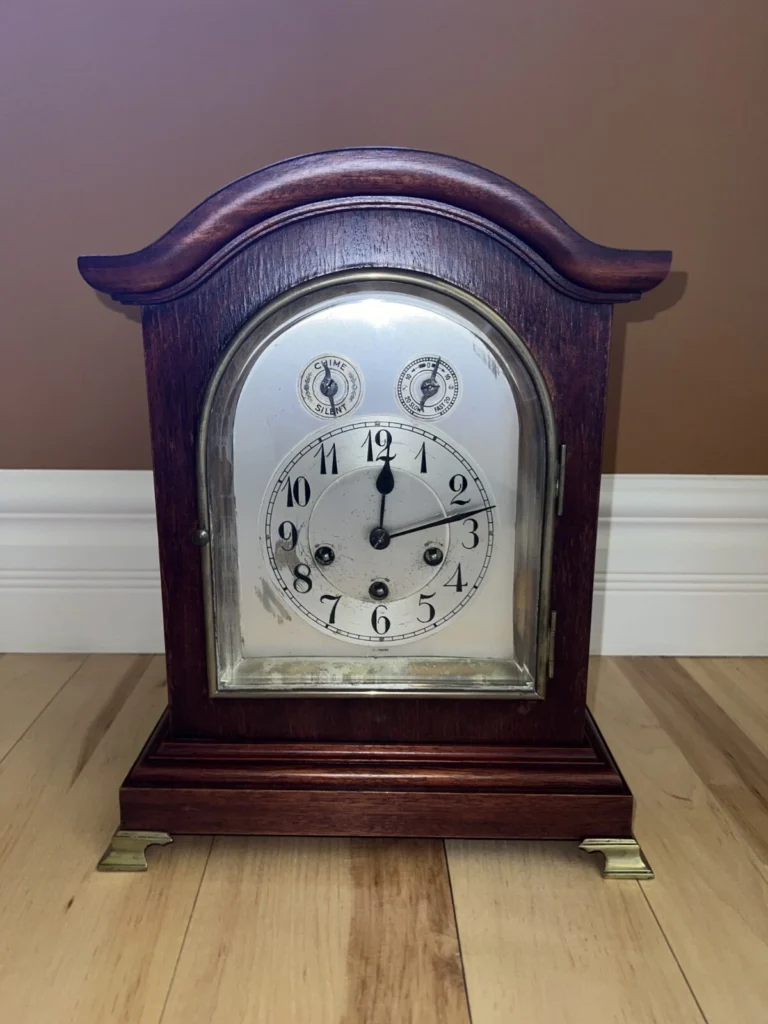
Junghans of Germany built dependable and beautiful mantel clocks during the late 19th and early 20th centuries. Many include brass faces, wooden cases, and mechanical chime movements. The brand remains well-known for quality and style. Prices often fall between $600 and $1,200 depending on age and features.
Collectors look for Junghans clocks because they blend reliability with charm. Their musical chimes bring warmth to living spaces. As interest in traditional European clockmaking grows, their values continue to hold steady.
Jaeger-LeCoultre Atmos Clock
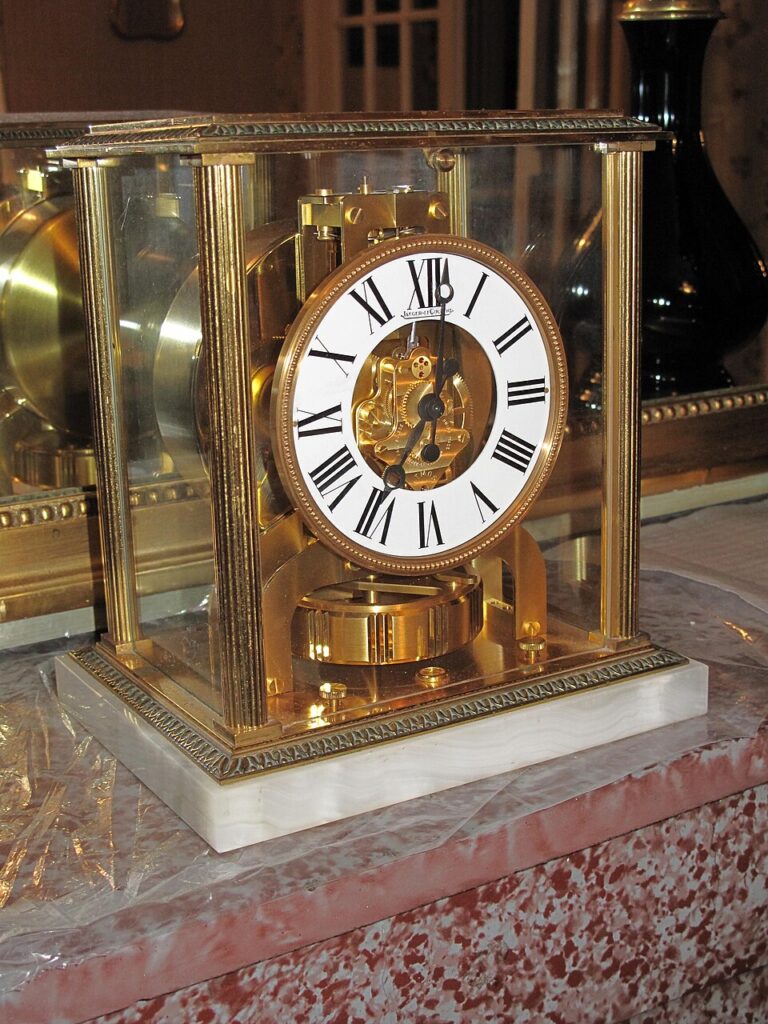
The Atmos clock by Jaeger-LeCoultre runs on air pressure and temperature changes, needing no winding. It was introduced in the 1930s and remains a marvel of engineering. The clear glass case and floating pendulum give it a modern yet timeless look. Current resale prices range from $5,000 to $10,000 depending on model.
Collectors treasure these clocks for their quiet motion and technical brilliance. Each one can run for decades without maintenance. Because production costs are high and originals are limited, the Atmos is expected to rise steadily in value.
Vienna Regulator Clock
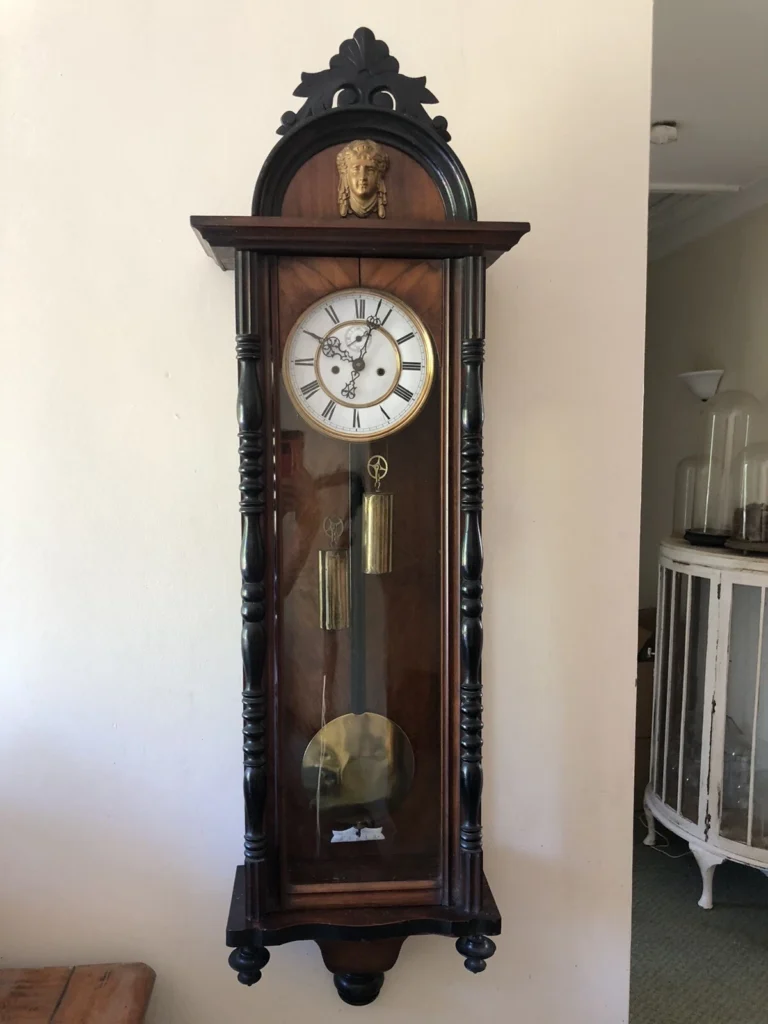
Vienna regulators represent some of the finest European wall clocks ever made. Their cases are slender and elegant, often crafted from walnut or rosewood. Many were built between 1840 and 1900 with precise, weight-driven movements. Prices vary widely from $1,000 to $3,500.
Collectors prize their accuracy and graceful design. These clocks add refinement to dining rooms or hallways. As authentic examples age gracefully, interest from both European and American buyers continues to climb.
Animated or Automaton Pendulum Clock
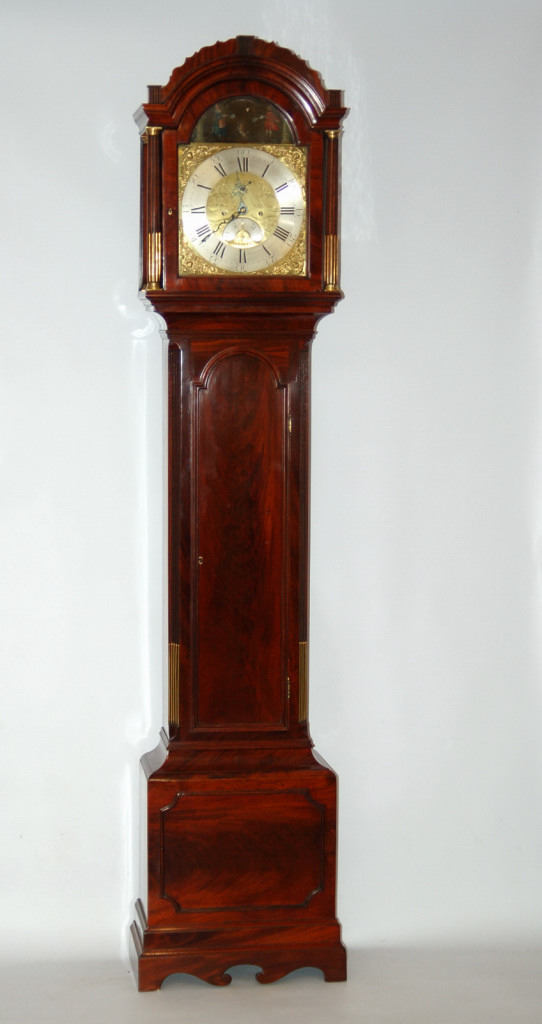
Automaton clocks bring motion and charm to clock collecting. They often feature moving figures such as blacksmiths, animals, or sailing ships. Most were made in the 19th century and combine mechanical skill with artistry. Well-preserved pieces can sell for $2,500 to $8,000.
Collectors admire their lifelike motion and storytelling detail. The delicate mechanisms require patience and care, but they make each piece one of a kind. These clocks appeal to both mechanical collectors and lovers of antique décor.
Art Deco or Mid-Century Electric Clock
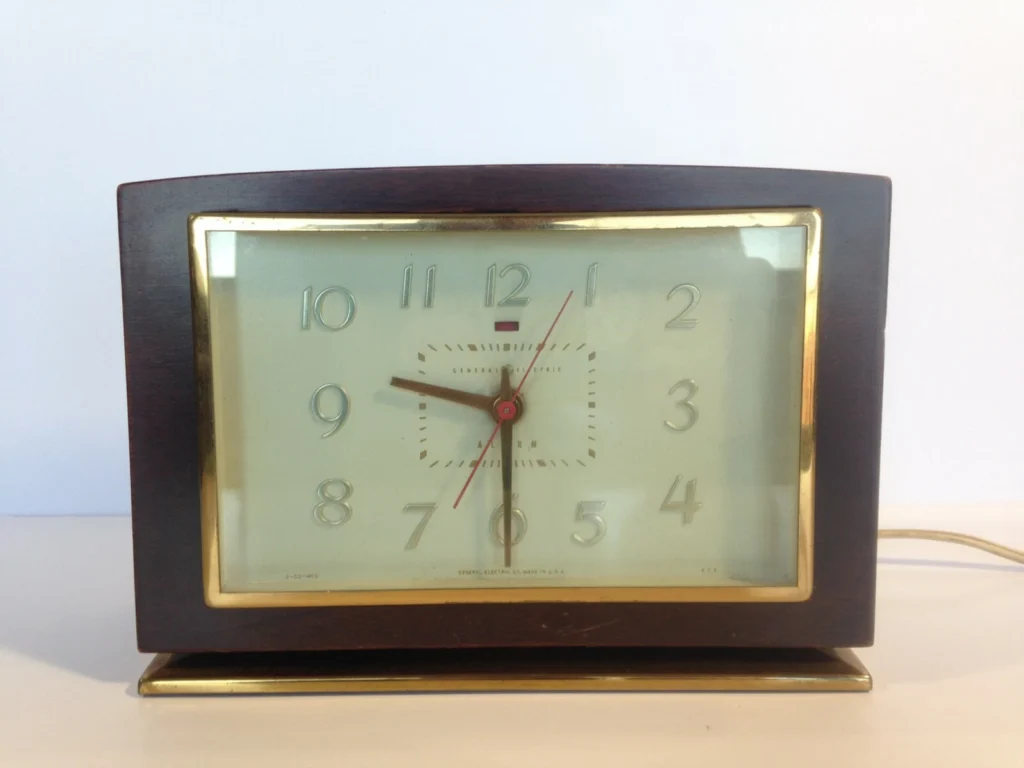
Electric clocks from the Art Deco or mid-century era introduced new forms and materials. Designers such as George Nelson and Gilbert Rohde experimented with chrome, glass, and plastics. Their work brought modern art into everyday life. Most sell between $350 and $1,400 depending on rarity.
Collectors appreciate their playful shapes and historical importance. These clocks reflect how technology changed design tastes during the 20th century. As vintage electric items become more collectible, this style continues to gain fans.
